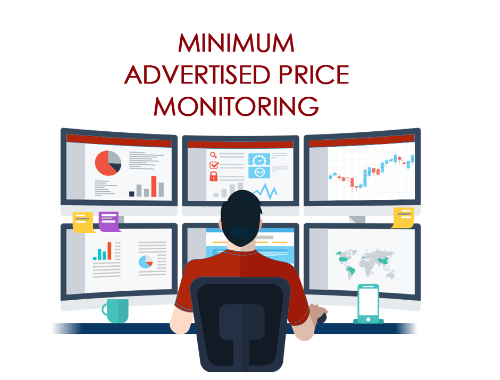In the realm of retail, there's a term that holds significant sway but often flies under the radar: Minimum Advertised Price (MAP). So, what exactly is MAP and why does it matter? Let's delve into the world of pricing policies to uncover its importance.
Understanding MAP
What is MAP?
Minimum Advertised Price is the lowest price at which a retailer can advertise a product for sale.
The Policy Behind It: Many manufacturers set MAP to maintain a certain level of pricing consistency across different retailers.The Significance of MAP
Protecting Brand Value: MAP ensures that products are not devalued through aggressive price competition, helping to maintain brand image and perceived value.
Supporting Retail Partners: By enforcing MAP, manufacturers support their retail partners, preventing a race to the bottom on pricing that could harm their businesses.
Navigating MAP Compliance
Adhering to Guidelines: Retailers must comply with MAP regulations to avoid penalties or strains in their relationship with manufacturers.
Maintaining Fair Competition: MAP levels the playing field among retailers, fostering healthy competition based on factors beyond price alone.
Challenges and Solutions
Online Pricing Challenges: With the rise of online shopping, enforcing MAP becomes more complex, but technology solutions can help monitor and enforce compliance.
Communication is Key: Clear communication between manufacturers and retailers is essential for successful MAP implementation and enforcement.
Conclusion
In the dynamic landscape of retail, Minimum Advertised Price plays a crucial role in maintaining fairness, protecting brand value, and supporting healthy competition. By understanding and adhering to MAP policies, both manufacturers and retailers can contribute to a thriving marketplace where consumers can trust in the value of the products they purchase.



Comments
Post a Comment